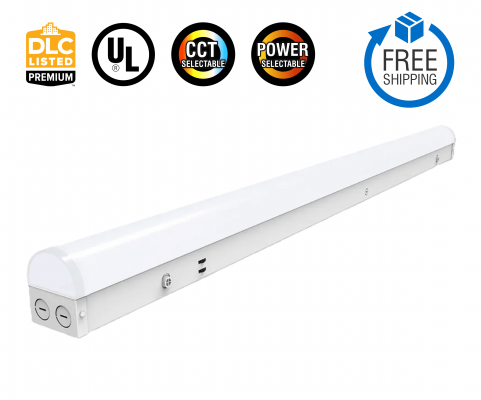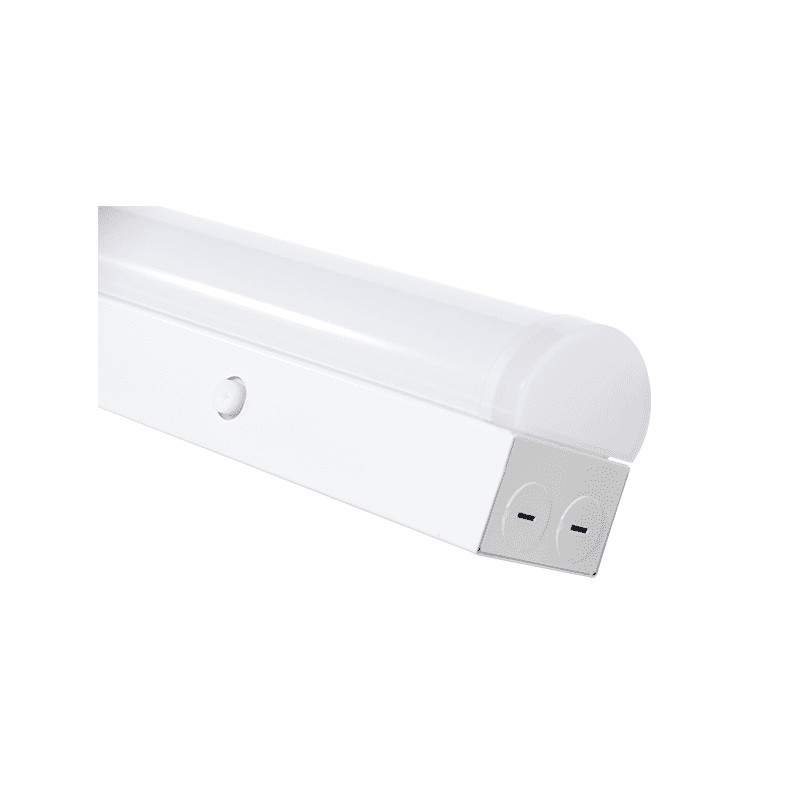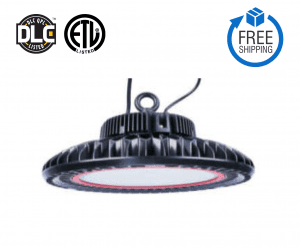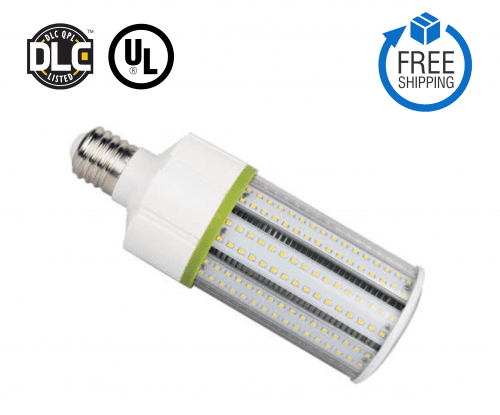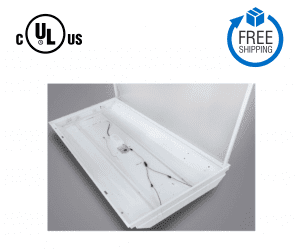Description
- Input: AC120-277V/120-347V
- LED: SMD2835
- This LED linear strip lamp is a versatile and energy-efficient lighting solution. It can be used in a variety of applications, such as under-cabinet lighting, cove lighting, and accent lighting.
- The LED strip linear light features SMD2835 LEDs that provide bright, even illumination.
- The LED linear tape lighting has an input voltage of AC120-277V/120-347V and can be used with a wide range of power sources.
Specifications
| Power | 24W/32W/40W/50W/64W/70W/80W/Selectable |
| CCT | 3500K/4000K/5000K/Selectable |
| Light Distribution | 120° |
| Voltage | AC120-277V/120-347V |
| LED | SMD2835 |
| Housing | Stamping Process Heat Stink To Improve Production Efficiency |
| Frequency | 50/60Hz |
| Beam Angle | 120° |
| Dimmable | 0-10V Dimming |
| Luminous Flux | 10400LM |
| Warranty | 5 years limited |
Download Product Cut Sheet
Knowledge Base
What is a linear LED light?
Linear lighting typically refers to linear shaped LED luminaires that distribute light over a more narrow area than other round shaped or square lights. They are long and are easily available as suspended lights, surface-mounted luminaires, or recessed lights in the market.
What is the difference between linear light and strip light?
LED strips are flexible and can be purchased by the length. This allows the user to buy the length of strip required for the application. While linear lighting can, of course, be linked, individual linear luminaires are usually sold in predetermined lengths.
Are LED ceiling lights a good idea?
Yes, LED flush mount ceiling lights are highly energy-efficient, which means they not only provide excellent lighting but also save you money on your energy bills.
What are the benefits of linear lighting?
In conclusion, linear LED lighting is a highly efficient and effective lighting solution for office environments. It offers a range of benefits including energy efficiency, long lifespan, durability, flexibility, improved productivity, cost-effectiveness, and environmental benefits.
Do LED strip lights use more electricity than light bulbs?
A 60-watt incandescent bulb consumes 60 watts of electricity per hour. If left on for 10 hours, it would consume 600 watt-hours (Wh) of electricity. On the other hand, an equivalent LED strip only consumes around 9-12 watts per hour, depending on its brightness.
